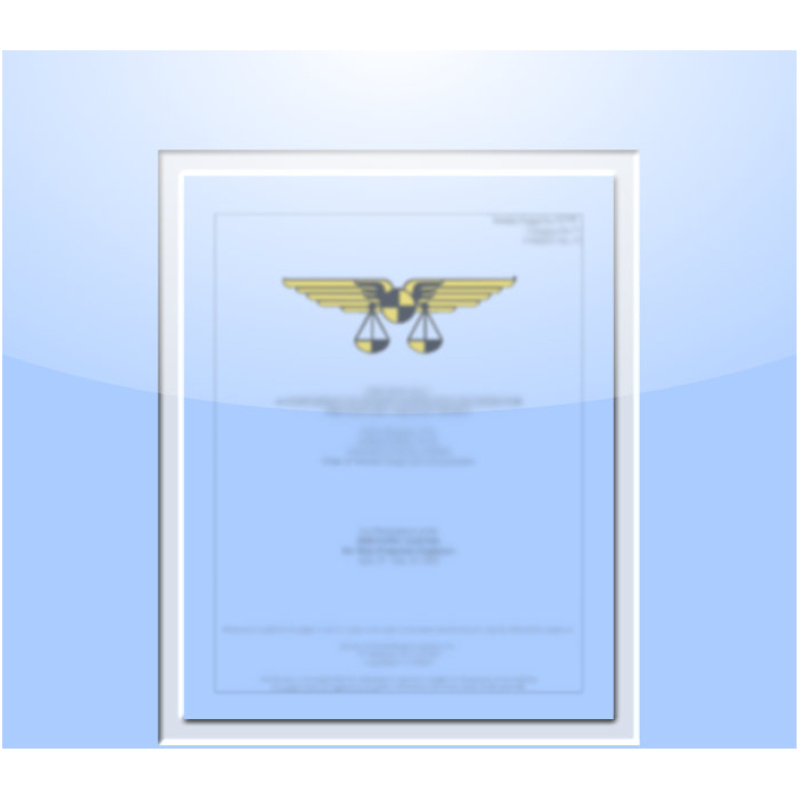
3602. Mass Properties and Advanced Automotive Design
$20.00
SAWE Members get a $200 store credit each year.*
*Store credit coupon available at checkout, click the button in your shopping cart to apply the coupon.
Not applicable to SAWE textbooks and current conference technical papers.
Paper
Abstract
The history of the automobile constitutes a long list of remarkable vehicles, each of which is usually associated with some equally remarkable individual who provided the impetus behind the vehicle's creation. Henry Royce, Hans Ledwinka, Ferdinand Porsche, Enzo Ferrari, and Colin Chapman constitute just a small sample of those who put the forceful stamp of their personal design philosophies upon the automobile. The design philosophies of such men reflected a focused viewpoint, such as an emphasis on quality and refinement (Royce), efficient structure and aerodynamics (Ledwinka, Porsche), exquisite engines of high specific power (Ferrari), or performance from extreme light weight (Chapman). The emphasis on a particular aspect of vehicle design hardly means that other design aspects were ignored, just that the emphasis was on some particular aspect(s) around which all else evolved, whether by preference or necessity. Colin Chapman's relentless concern with mass properties, and in particular with light weight, was born of necessity, but would become a personal obsession. As a small start-up company competing against long established automotive concerns such as Ferrari, Chapman's Lotus Engineering Company1 did not have the capability to gain advantage through advanced engine design, or even the design of most of the other major mechanical systems. Most Lotus components were commercially sourced, and so the only way a decisive advantage could be obtained was through an uncompromising emphasis on gaining performance 'edges' from the remaining design aspects of structure, body, and suspension. Because the automotive performance aspects of acceleration, braking, and handling are so dependent on various vehicle mass properties the optimization of those mass properties became the 'Holy Grail' of Lotus design as directed by Colin Chapman. In fact, with regard to light weight Chapman would come to demonstrate what could be termed a mania. Although the automotive design philosophy of Colin Chapman was the closest ever to being one that could be termed 'designing from the viewpoint of the mass properties engineer', the key word is 'closest'. There is much more to mass properties engineering than simply minimizing weight, which Chapman often did with a disregard for reliability and even safety. It was despite an unenviable record of DNF's and driver casualties that Lotus still obtained an outstanding record in automotive competition, and Formula One in particular. This raises the fascinating question of what would result from applying an automotive design philosophy based on a balanced professional mass properties viewpoint. The intent of this paper is to show that a vehicle designed in true accordance with the balanced viewpoint of a professional mass properties engineer may not only demonstrate superior acceleration, braking, and handling, but superior ride, stability, fuel economy, and safety as well. If a design begins with the first principles of how mass properties affect automotive performance in all its aspects2, and is optimized accordingly in an integrated manner, then the resulting advanced automotive design may truly 'go where none have gone before'.
Rev G – 2023


